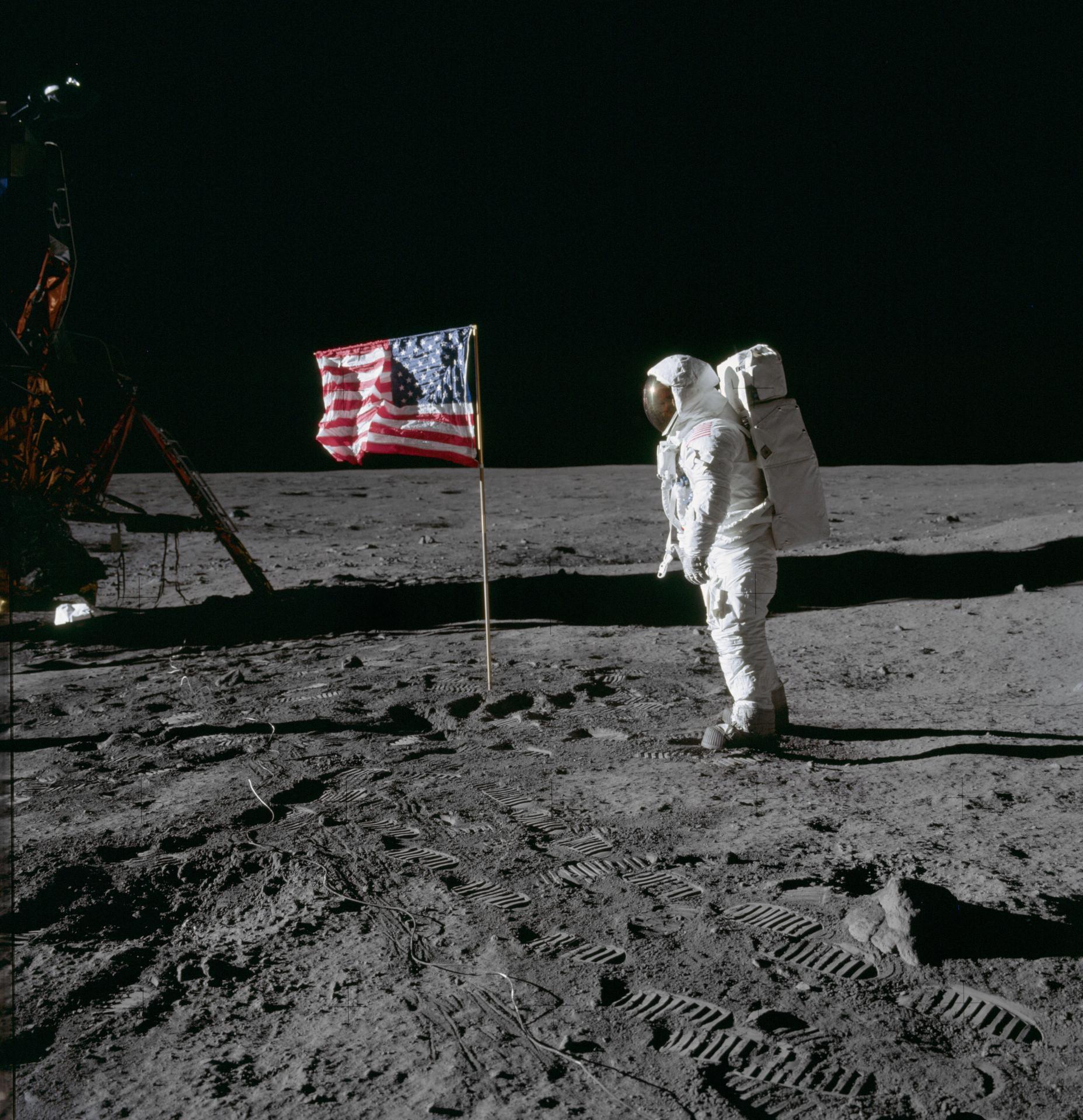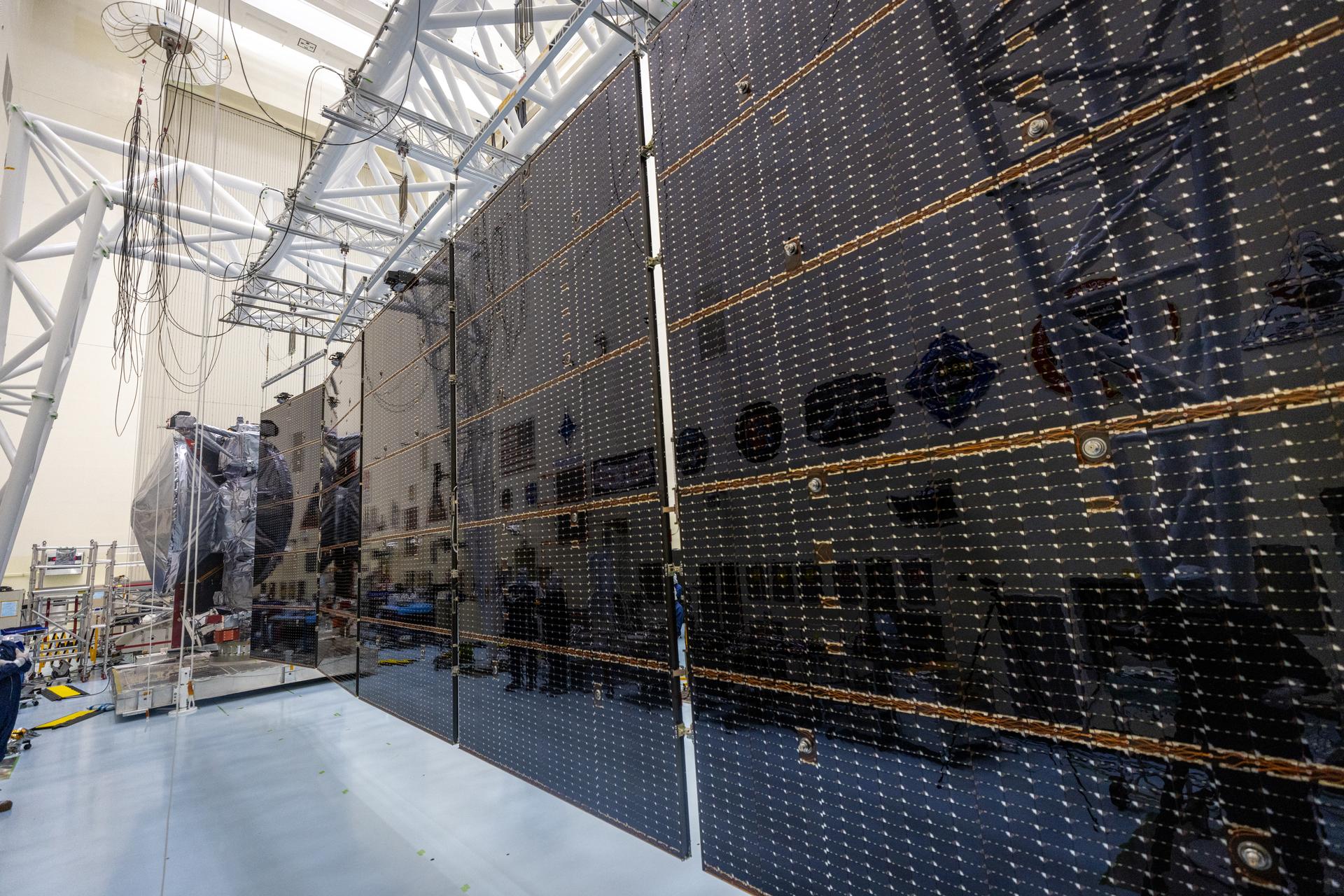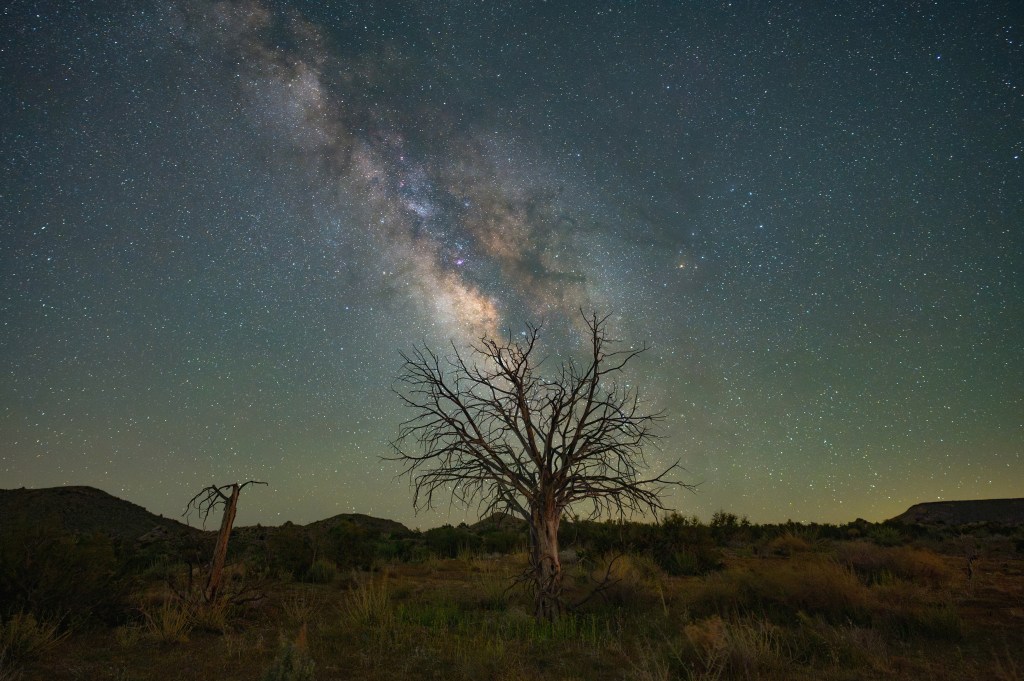Now, staying with Venus, one of NASA’s intrepid solar system explorers is headed for a close encounter with this Earth-sized hothouse of a planet on November 6th. Parker Solar Probe studies our planet’s nearest star, the Sun. Its mission is to trace the flow of energy that heats the Sun’s outer atmosphere and accelerates the million-mile-per-hour stream of particles it emits. It makes its measurements from super close to the Sun, within the region where all the action happens. To do this, the spacecraft was designed to fly within just 4 million miles of the Sun’s surface, which is 10 times closer than the orbit of the closest planet, Mercury. No other spacecraft has ever gotten this close to the Sun before. In the six years since its launch, the spacecraft has made a bunch of approaches to the Sun, using flybys of the planet Venus to shape its orbit. The November 6th flyby is the final such maneuver, intended to send the spacecraft toward its three closest-ever solar approaches, starting on December 24th. During this last Venus flyby, the mission will capture images of the planet. Previous views returned by Parker showed that the spacecraft could actually see features of the Venusian surface through its dense cloud cover. So look out for Venus in the evening sky, as the brilliant planet helps a craft from Earth to touch the face of the Sun.
Related Posts

NASA to Commemorate 55th Anniversary of Apollo 11 Moon Landing
As the agency explores more of the Moon than ever before under the Artemis campaign, NASA will celebrate the 55th…

NASA’s Europa Clipper Gets Set of Super-Size Solar Arrays
The largest spacecraft NASA has ever built for planetary exploration just got its ‘wings’ — massive solar arrays to power…

NASA@ My Library and Partners Engage Millions in Eclipse Training and Preparation
2 min read NASA@ My Library and Partners Engage Millions in Eclipse Training and Preparation The Space Science Institute, with…
